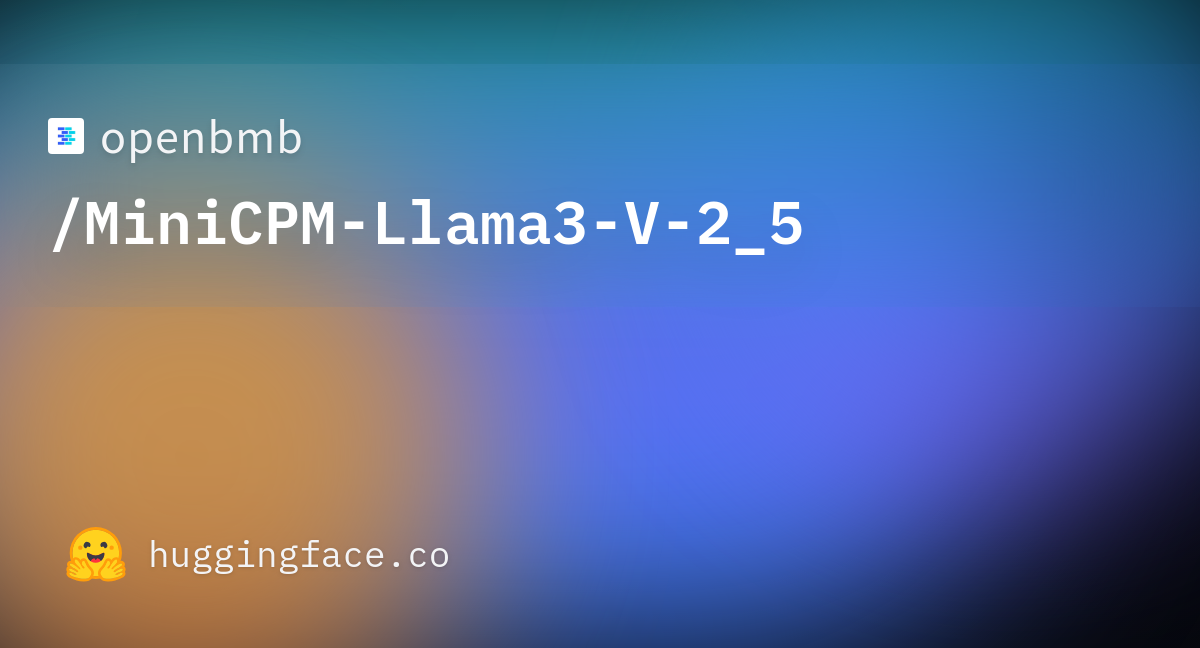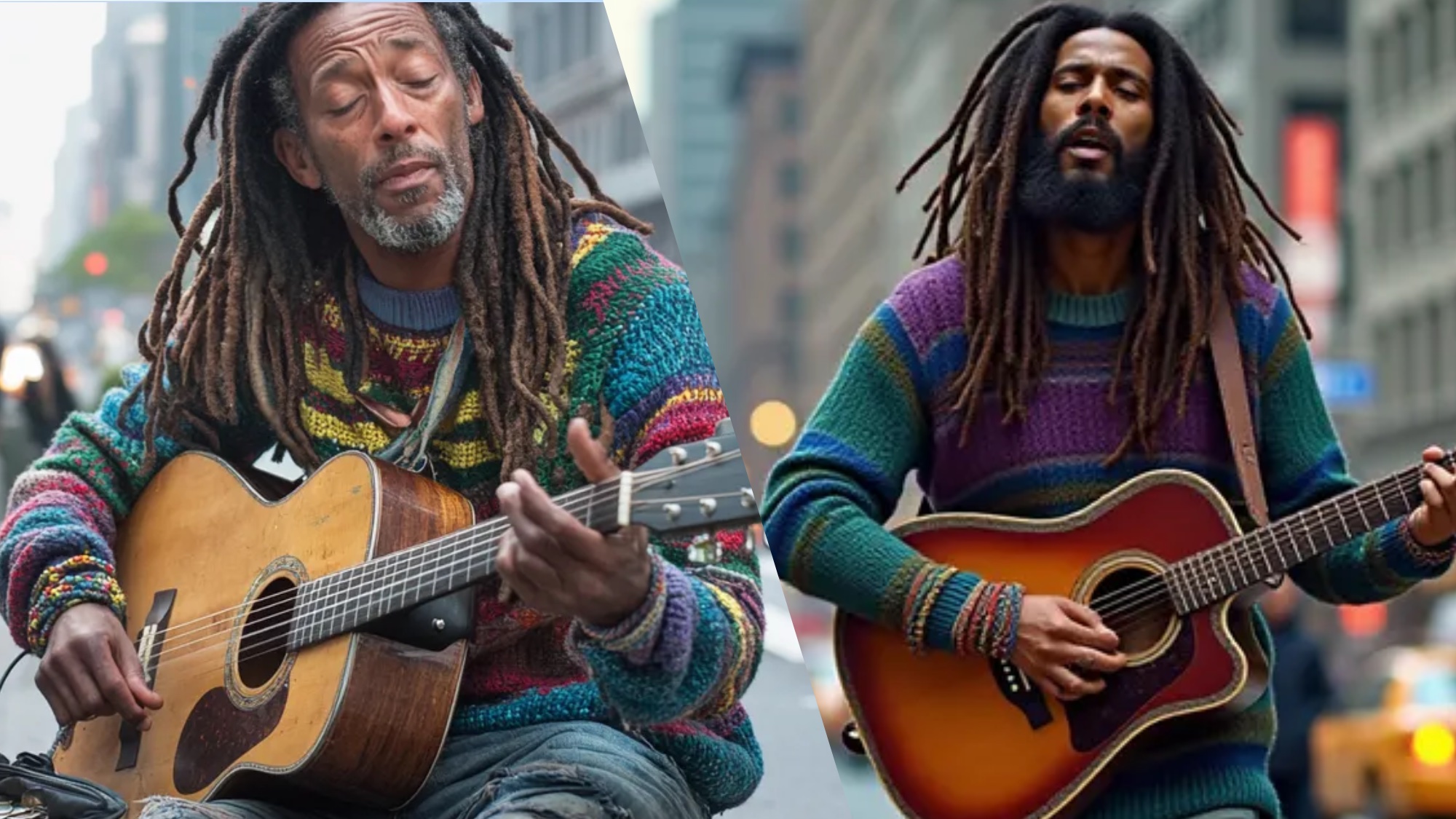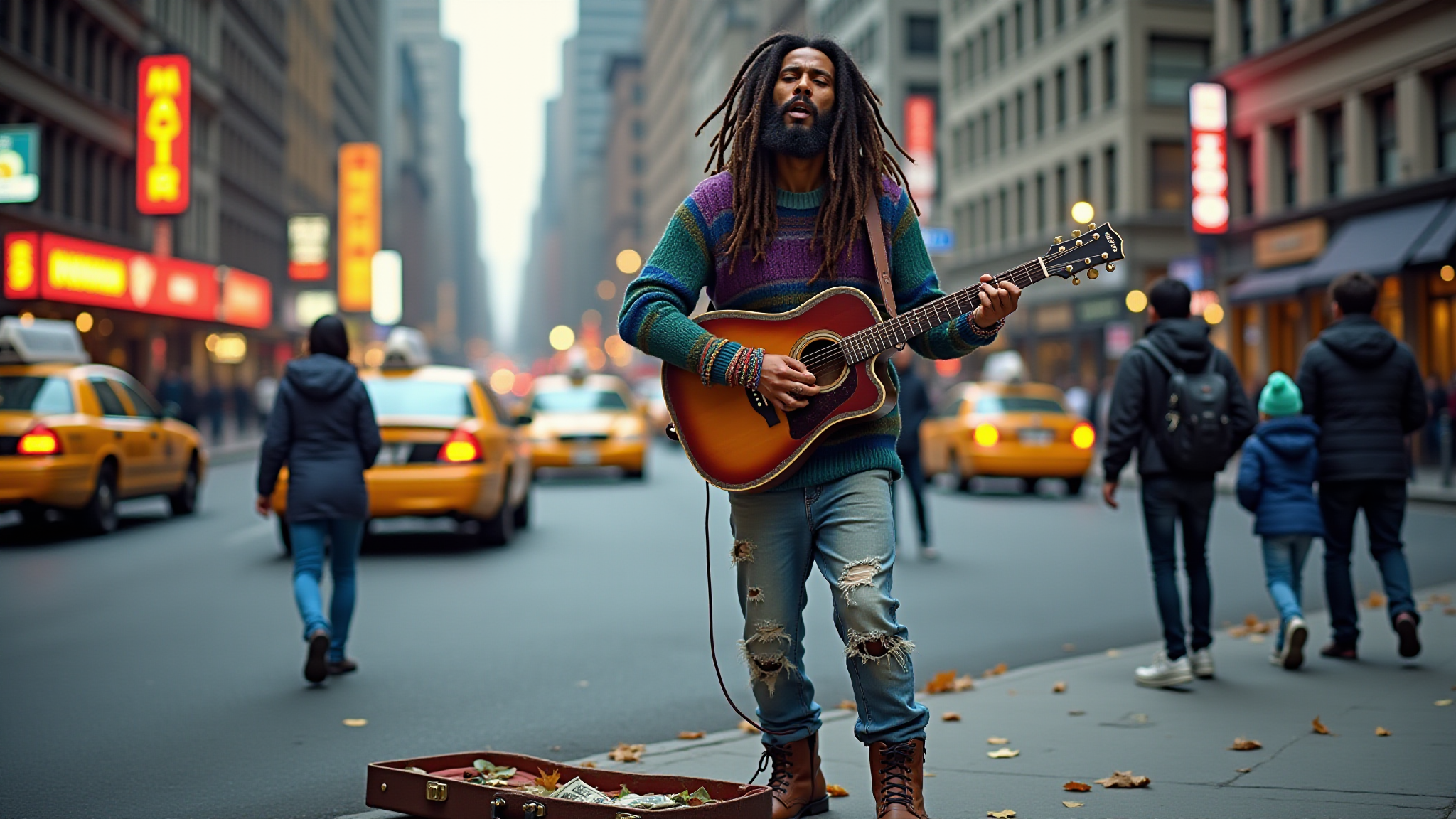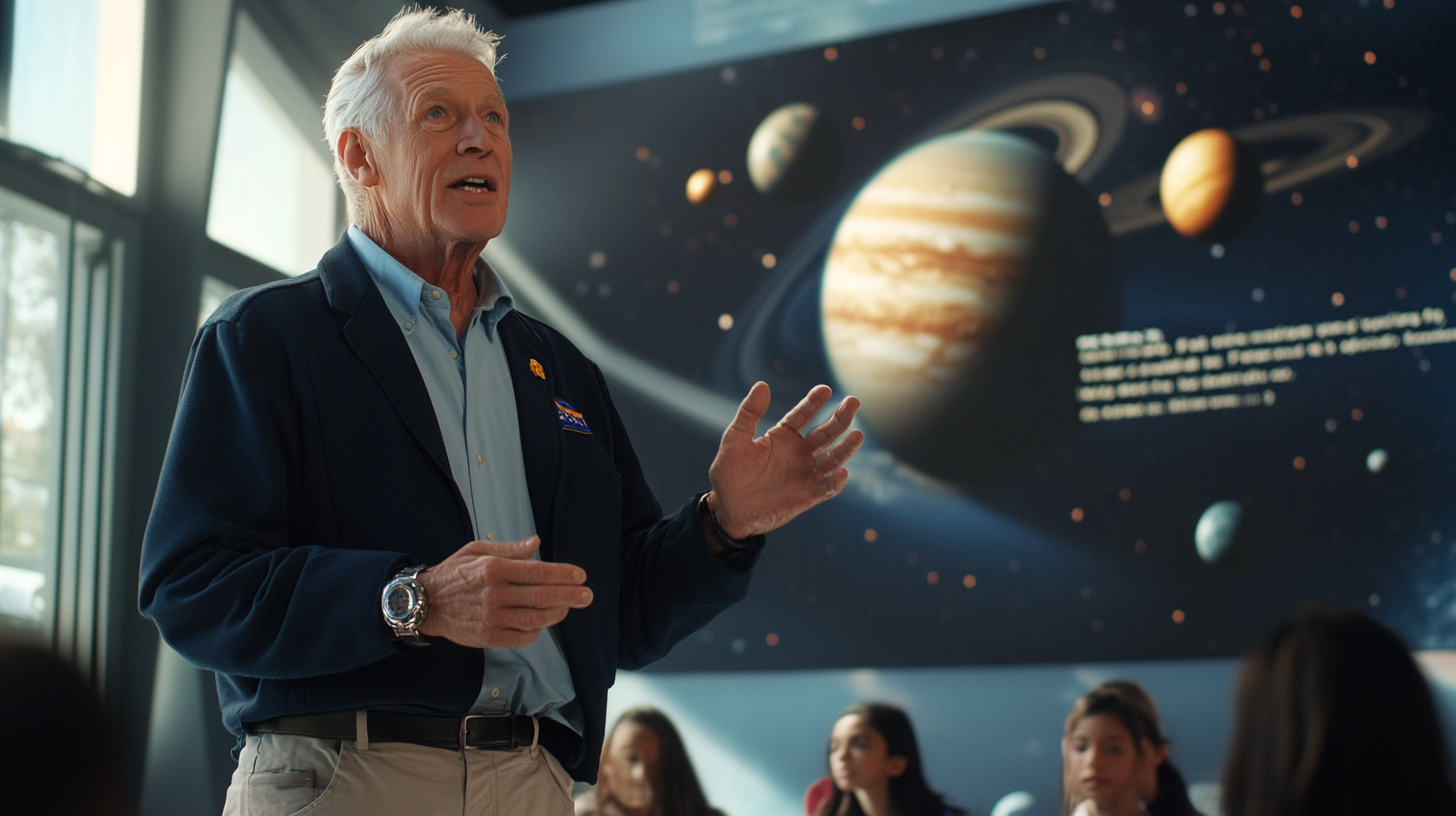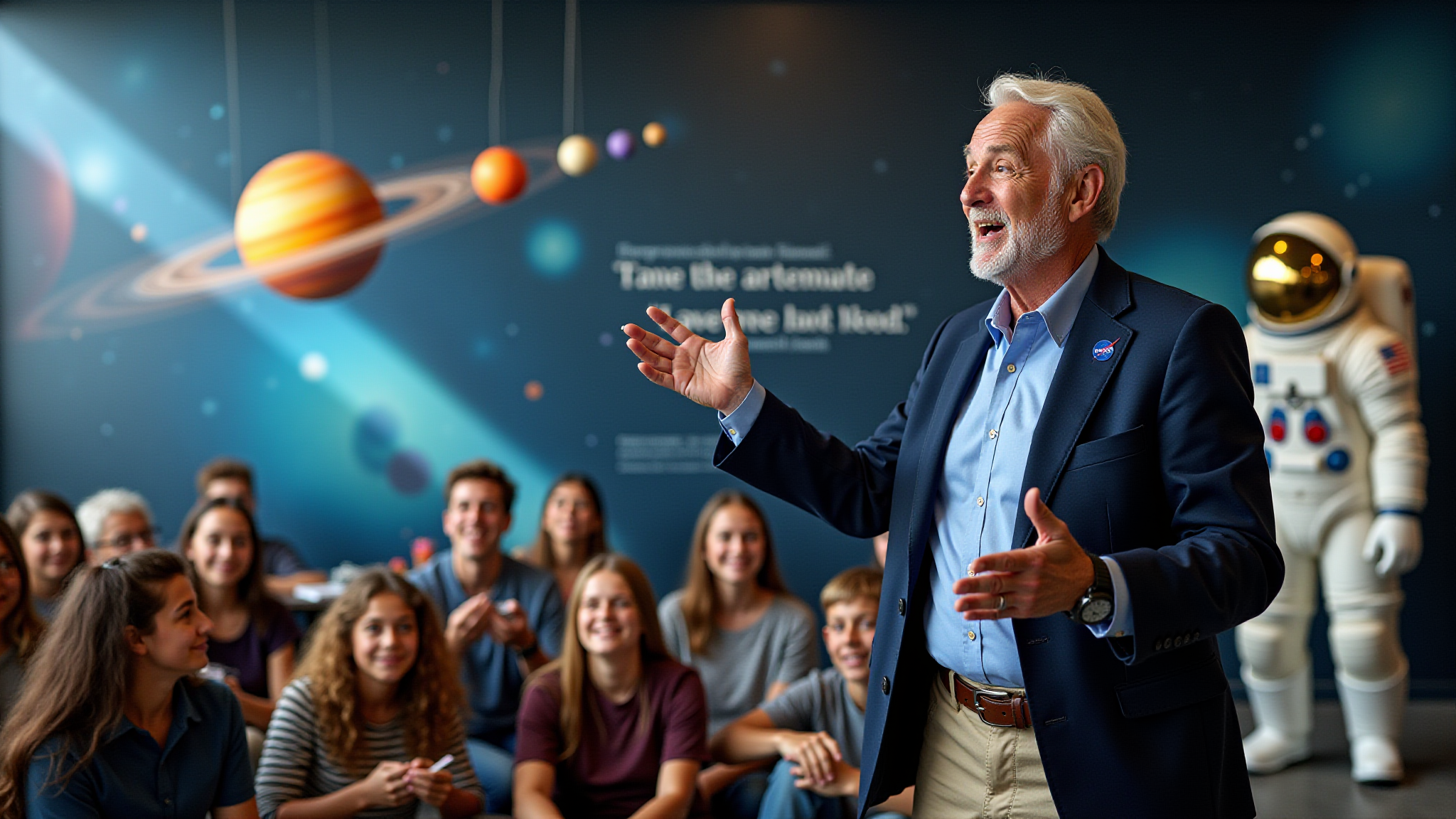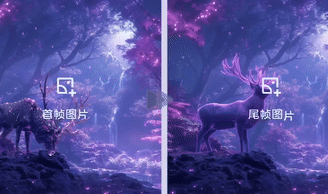Belgium's imec reports breakthroughs with new ASML chip printing machine
By Toby Sterling
August 7, 20246:26 AM EDTUpdated 3 days ago

A smartphone with a displayed ASML logo is placed on a computer motherboard in this illustration taken March 6, 2023. REUTERS/Dado Ruvic/Illustration/File Photo Purchase Licensing Rights
, opens new tab
AMSTERDAM, Aug 7 (Reuters) - Belgium's imec, one of the world's top semiconductor R&D firms, on Wednesday reported several computer chip-making breakthroughs at a joint laboratory it operates with ASML (ASML.AS)
, opens new tab, using the Dutch company's newest 350 million euro ($382 million) chip printing machine.
imec said it had successfully printed circuitry as small or smaller than the best currently in commercial production, for both logic and memory chips, in a single pass under ASML's new "High NA" tool.
The development suggests leading chipmakers will be able to use the tool as planned in the coming several years to make generations of smaller, faster chips.
High NA will be "highly instrumental to continue the dimensional scaling of logic and memory technologies," imec CEO Luc Van den Hove said in a statement.
imec noted that many other chemicals and tools needed for the rest of the chipmaking process had been used for the tests and appear to be falling into place for commercial manufacturing.
ASML is the biggest supplier of equipment to computer chip makers, thanks to its dominance in lithography systems - huge machines that use beams of light to help create circuitry.
The High NA tool's ability to print smaller features in fewer steps should save chipmakers money and help justify the tool's lofty price tag.
Reuters reported on Monday Intel is purchasing the first two High NA tools, with a third expected to go to TSMC (2330.TW)
, opens new tab - which makes chips for Nvidia (NVDA.O), opens new tab and Apple (AAPL.O)
, opens new tab - later this year.
"A second tool is required for the volume of wafers and experiments needed to support a development line,” Intel director of lithography Mark Philips told Reuters in an email.
Other chipmakers that have ordered a High NA tool include Samsung Electronics (005930.KS)
, opens new tab, and memory specialists SK Hynix (000660.KS), opens new tab and Micron (MU.O)
, opens new tab.
($1 = 0.9163 euros)
